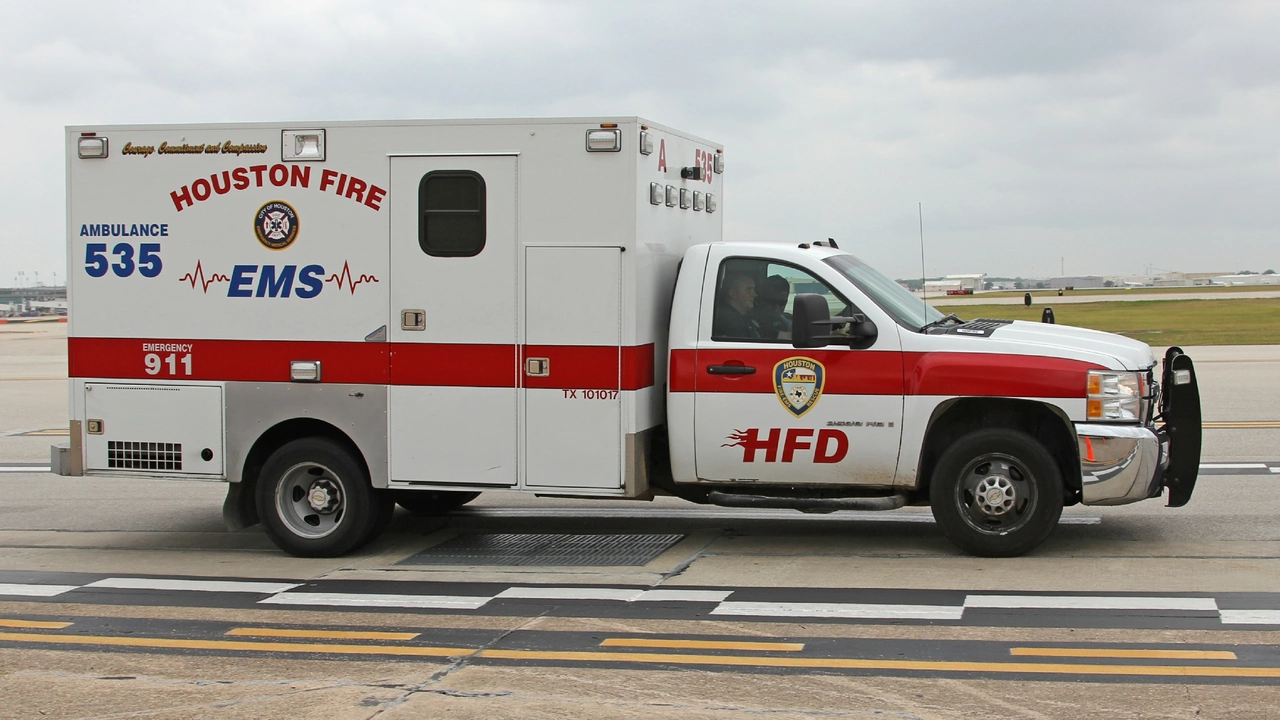Ambulance Policies: The Basics You Should Know
When you call 999 (or 911 in other countries), the ambulance that shows up follows a set of rules called ambulance policies. These policies cover everything from how the crew talks to you, to how the vehicle is equipped, and even how the paperwork is handled after the ride.
Understanding the basics can help you feel more confident during a stressful moment. It also lets you know what to expect if you’re a patient, a driver, or someone who works in the ambulance industry.
Key Elements of Ambulance Policies
First, every ambulance must meet safety standards. That means seat belts, airbags, and a reliable stretch‑er system that keeps the patient stable while the vehicle is moving. The crew checks these items before each shift, and the policy makes sure no shortcut is taken.
Second, the crew follows clinical guidelines. These are checklists for things like airway management, bleeding control, and medication administration. The policies spell out who can give which drug, how much, and when. This keeps treatment consistent and reduces mistakes.
Third, documentation rules are strict. After you arrive at the hospital, the crew fills out a patient care report. The policy tells them what details to record – vital signs, treatment steps, and any observations. Accurate reports help doctors continue care without guessing.
Fourth, privacy is protected. Ambulance policies align with data protection laws, meaning personal health information is stored securely and only shared with authorized parties.
Lastly, response time targets are built into the policies. Most services aim to reach a call within a set number of minutes, depending on location and urgency. These targets are monitored, and any deviation triggers a review.
How Policies Impact You
If you’re a patient, these rules mean you’ll get a consistent level of care no matter which ambulance arrives. The crew will follow the same steps, use the same equipment, and keep a clear record of what happened.
For drivers, policies lay out the do‑and‑don’t list for operating the vehicle safely. They cover speed limits, how to handle traffic, and when to pull over for emergencies. Following them protects both the crew and other road users.
Employers in the EMS field use policies to train new staff and to audit performance. By having a written standard, they can spot gaps, provide extra coaching, and improve overall service quality.
Finally, policymakers and regulators rely on these policies to set industry standards. When a new medical device or treatment becomes available, the policies are updated to include it, ensuring the whole system stays current.
Bottom line: ambulance policies are the backbone of emergency medical transport. They keep the vehicle safe, the treatment effective, and the paperwork accurate. Knowing that a solid framework is in place can turn a scary situation into something a bit more manageable.
Next time you see an ambulance rush by, remember there’s a whole set of rules working behind the scenes to get you the right care, as fast as possible.



